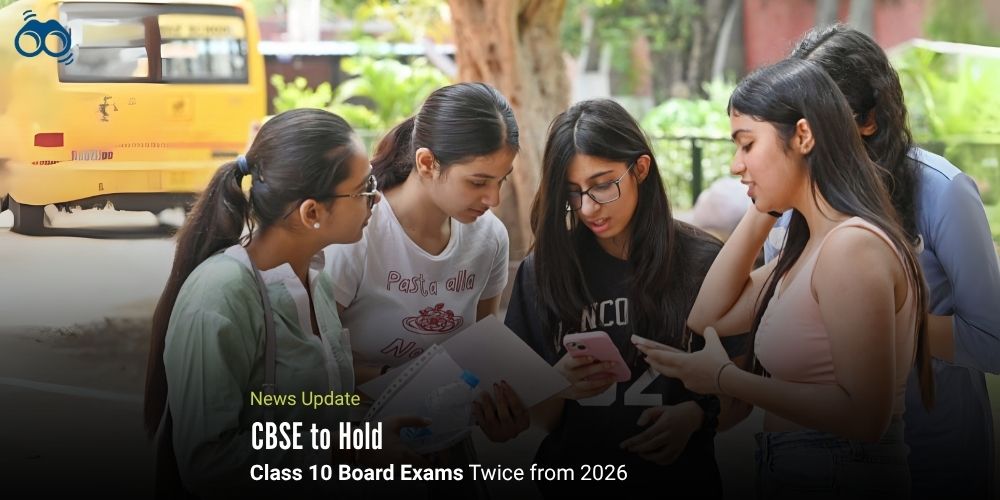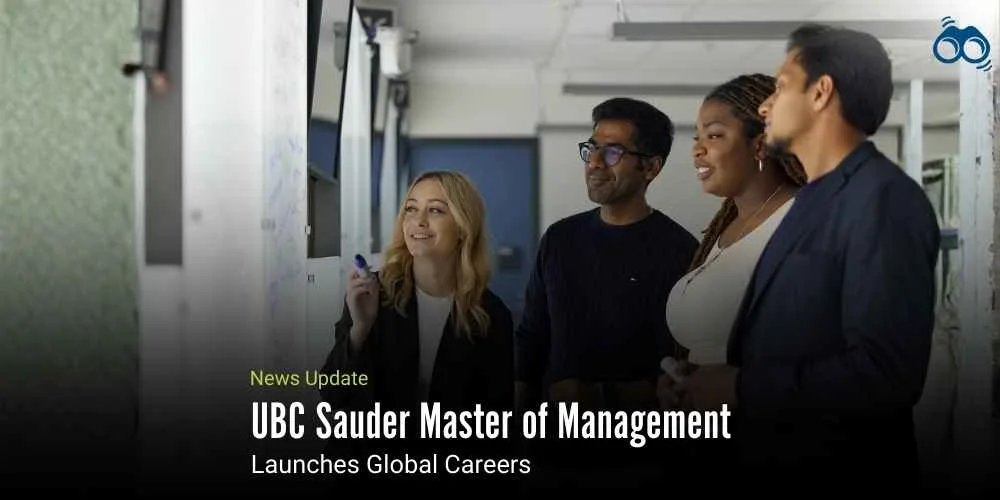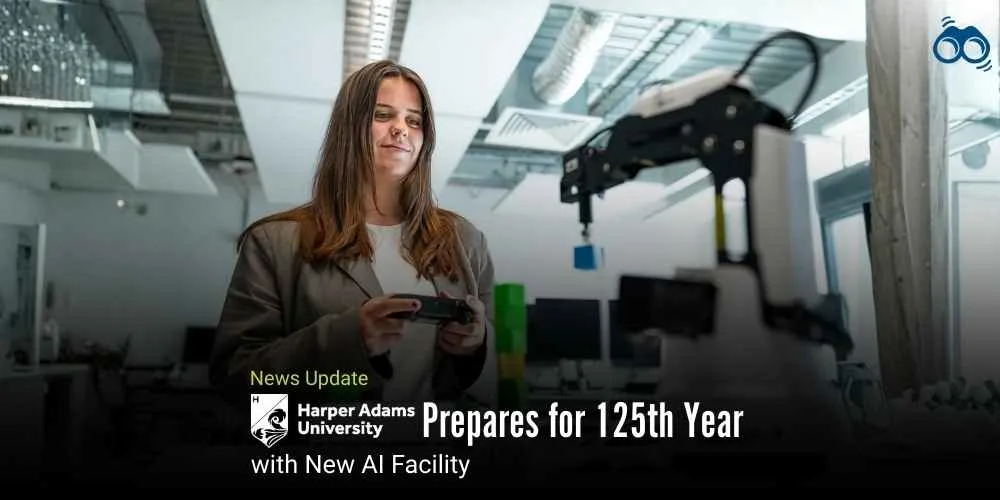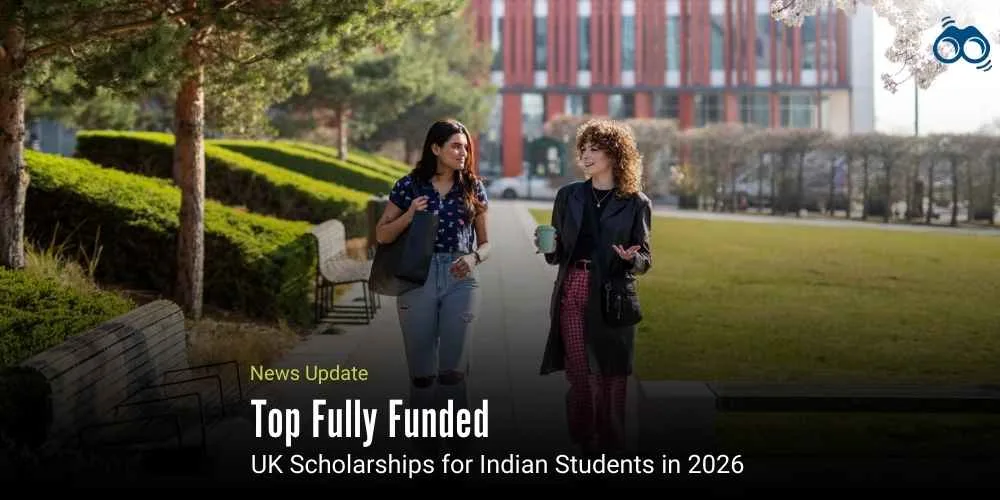Class 10 Board Exams Twice a Year: A Progressive Step with Practical Hurdle
NEP 2020 in Action: CBSE’s Two-Exam System Redefines Academic Success
In a landmark step towards reimagining school assessments, the Central Board of Secondary Education (CBSE) has announced a reform that will allow Class 10 students to appear for board examinations twice a year from 2026. This move is grounded in the vision of the National Education Policy (NEP) 2020, which advocates for reducing the pressure of high-stakes testing and fostering a more flexible, inclusive and learner-centric evaluation system.
The dual-exam format is designed to support continuous academic progress while reducing anxiety associated with a single-chance exam. Under the revised structure, all students will sit the compulsory first examination in February. Those seeking to improve their performance will have the option to appear for a second examination in May, during which they may retake up to three subjects of their choice. This model not only broadens opportunities for success but also accommodates students who may face disruptions due to health concerns, extracurricular commitments or personal challenges during the initial exam window.
However, the reform has drawn mixed reactions from students. Chiranjita Talukdar, a Class 10 student from Guwahati, expressed concern, stating that the need to remain exam-ready year-round, while balancing school, coaching and dance—was more exhausting than motivating. She described the approach as turning learning into a cycle of constant performance.
On the other hand, Jeni Panchal, a Class 9 student from Ajmer, welcomed the initiative, calling it a much-needed safety net. She explained that the possibility of a second attempt would alleviate the pressure of perfection on a single day and instil greater confidence. The education fraternity has also responded with cautious optimism. Caesar D’Silva, principal of Global Indian International School, Ahmedabad, commended the reform for offering students a fair second chance to reduce stress and enhance their academic record. Nonetheless, he raised concerns about logistical challenges, such as extended academic calendars, increased teacher workload and the potential financial burden on students from economically weaker backgrounds. He underscored the importance of equitable implementation to prevent additional strain on schools and families.
Similarly, Jyoti Arora, principal of Delhi World Public School, welcomed the move as a step away from one-off assessments. She highlighted its potential to promote consistent learning, while also pointing out the practical hurdles it could pose for internal assessment schedules and curriculum delivery.
Echoing these concerns, Anju Soni, principal of Shiv Nadar School, Noida, noted that increased examination frequency would raise the demands on teachers for evaluation and invigilation. To address this, the school plans to strengthen teacher training and introduce regular student assessments to provide data-driven support. Meanwhile, Rachana Heda, COO of Glentree Academy, Bangalore, lauded the reform as a progressive stride towards student well-being. Nonetheless, she cautioned against a blanket assumption that all students must attempt both exams, stressing that the optional nature of the second should be preserved to uphold its intent of reducing pressure. While the two-exam format has the potential to democratise academic success and nurture continuous learning, its success will ultimately depend on thoughtful execution, infrastructural readiness and sustained support for both students and educators.
Editor’s Note
The CBSE’s decision to conduct Class 10 board exams twice a year is a thoughtful step aimed at reducing the pressure of high-stakes assessments. Inspired by the National Education Policy 2020, this approach encourages continuous learning and offers students a second chance to improve without waiting another year. The new policy, while generally supportive of student well-being by offering flexibility and accounting for challenges like illness or personal setbacks, also allows students to bounce back from a single poor performance. Educators have largely welcomed this shift, appreciating its emphasis on consistent learning over isolated test results. However, they also highlight practical hurdles: more exam sessions translate to heavier workloads for teachers, tighter schedules, and increased strain on school resources. This could prove particularly difficult for schools and families operating under tight budgets.
Skoobuzz firmly believes that this reform has the potential to make assessments more supportive and student-friendly. But its success will depend on how well it is planned and delivered. Schools will need the right tools, training, and time. Most importantly, flexibility should enhance learning, not create more pressure in a different form.














0 Comments (Please Login To Continue)